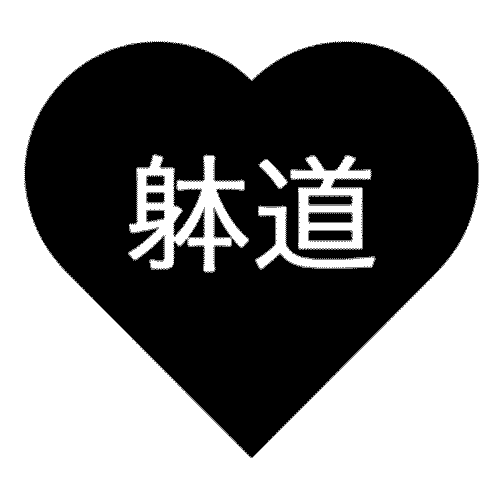OK, so last time I asked you to be mindful of your foot and knee alignment and glossed over some of the reasons that this is important from a biomechanical perspective. Good stuff, and if you actually practiced it, you should be noticing better control of most of your techniques by now. Today, I want to explore a tactical reason for being in control of your lower-body joint alignment. Actually, I'll leave the exploring to you, as this point is so obvious (when you're looking for it) that it won't require much explanation at all. [stextbox id="custom"]Here it is: When you are practicing jissen, pay attention to the direction of your opponent's front foot.[/stextbox] Simple, right? Why this is a good thing to pay attention to should be pretty easy to guess since some techniques are easier or more difficult with varying degrees of foot/knee alignment. All techniques make use of the foot/knee joint system in various ways, but the front foot will always control the targeting and momentum generation for the initial body movement. Imagine standing in kamae with the left leg forward. If your foot is pointed to the right, it will be easier to perform senjogeri than it would to do shajogeri. Turn your foot the other way, and the opposite is true. Now you have a way to guess which techniques your opponent is likely to attack with. Most players in jissen will tend to turn their foot slightly in the direction they want to move at they step in before initiating the attack. In extreme cases, you'll even see some people putting their bodies in position for a certain technique well before they are close enough to attack, but even higher-level Taidoka will turn the foot, even when they are trying to mask their body mechanics. Many people feint with their heads and hands, but their feet will give away their intended movements Watch for this. It's easier to begin being on the lookout while you're not in the match yourself. Just notice it in other students' matches. Pretty soon, you'll find yourself knowing what attack is coming more often. Responding appropriately is another matter all together, but knowing what's coming is a big help in it's own right.
